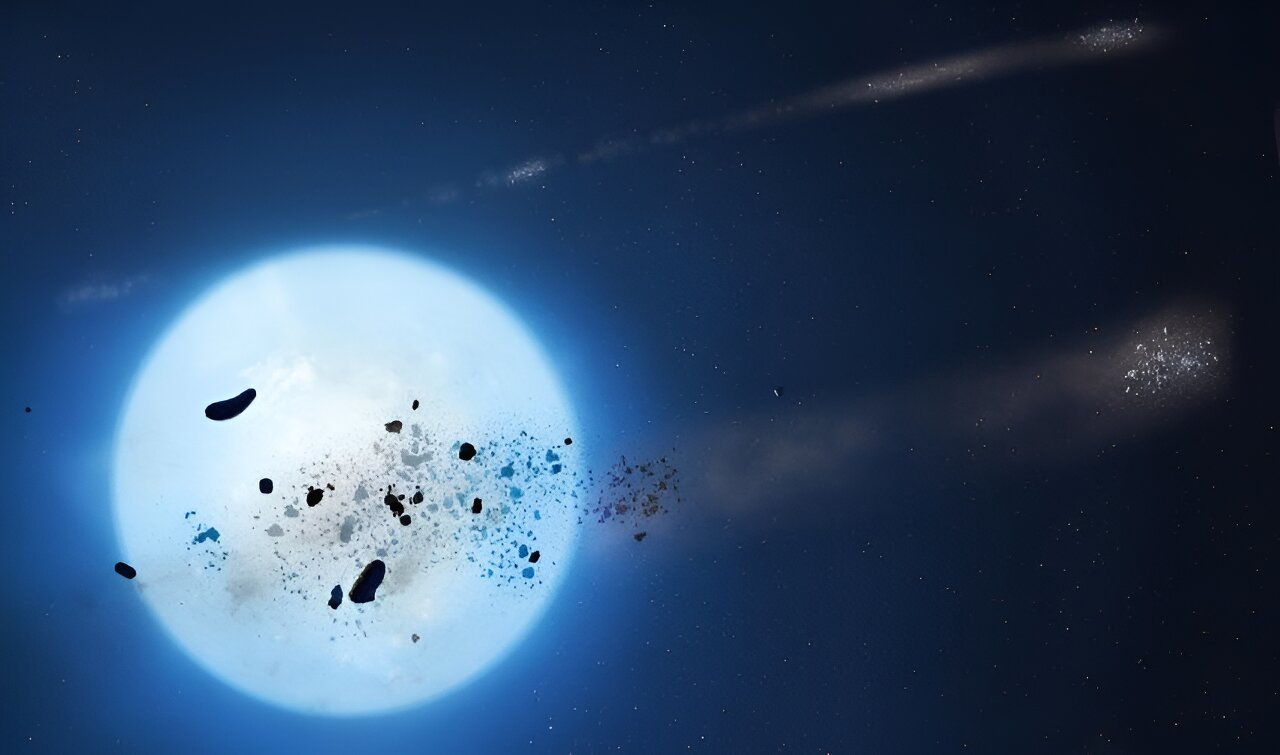When our Sun begins to turn into a red giant, it will simply swallow the Earth. However, the rest of the planets face a much worse fate. Recently, scientists have found this out by observing other systems.

What will the death of the Sun look like?
The sun is evolving. In a few billion years, it will become a red giant, and then shed its outer shells and turn into a white dwarf. In a new study published in the journal Monthly Notices of the Royal Astronomical Society, scientists have determined what will happen to the planets of the Solar System.
Mercury, Venus and the Earth will be “swallowed up” by the expanding luminary one by one. At the same time, life on our planet will become impossible long before it reaches the outer layers of a dying star.
It would seem that the gas giants and their moons can avoid this fate and continue to exist in their orbits even after the Sun sheds its shells. However, a new study suggests that their moons and asteroids of the main belt will still be ground to dust, and their remnants will fall on a white dwarf, which our luminary will turn into.
What the study revealed
Scientists have made all these conclusions by observing other star systems. They used data on the luminosity variation of three different white dwarfs. The remnants of what were once their planetary systems orbit around all of them. And they all had something in common.
The first white dwarf studied (ZTF J0328−1219) seemed stable and “well behaved” over the past few years, but the authors found evidence of a major catastrophic event around 2010.
It has been shown that another star (ZTF J0923+4236) dims irregularly every couple of months and demonstrates chaotic variability of time scales in minutes during these weaker states before it lights up again.
The third analyzed white dwarf (WD 1145+017), as shown by the Massachusetts Institute of Technology in 2015, demonstrates behavior close to theoretical predictions, with large variations in the number, shapes and depths of passages.
All this led scientists to believe that the remains of the rest of the planets of the system after the shedding of the outer shells are in chaos. The orbits of asteroids and planets are becoming chaotic. Eventually they collide, and their debris falls on the stars.
According to phys.org
Follow us on Twitter to get the most interesting space news in time
https://twitter.com/ust_magazine


